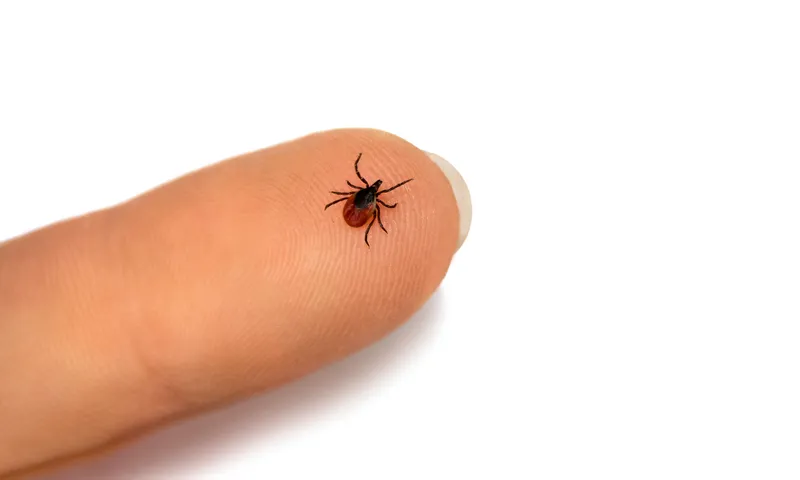Can Fleas and Ticks Survive Cold Weather

Many pet owners assume that fleas and ticks cannot survive cold winter weather. As a result, they often neglect to check their pets regularly. However, this common misconception is not entirely accurate. This article will explore whether fleas and ticks can survive cold weather, how cold temperatures impact them, methods to prevent infestations, and available treatment options.
Can Fleas Survive Cold Weather?
Even though fleas are severely affected by cold outdoor temperatures and cannot survive long when exposed to cold weather directly, this doesn’t mean they cannot cause problems or be completely overlooked during winter. Fleas can survive indoors and frequently infest carpets, furniture, and pet bedding. They may also rely on your pet as their host, using their body heat to stay warm, survive, and stay active. This applies not only to fully grown fleas but also to flea eggs, larvae, and pupae, which can all survive in heated environments.
Can Ticks Survive Cold Weather?
Compared to fleas, ticks are more resistant to cold weather and can survive in cool temperatures, especially above 4°C (39°F). Even if it’s freezing, they may still pose a risk since they do not always die off. Although they become less active in freezing weather than in the summer, they hide in leaf piles, grass, and brush to stay somewhat warm. Some species, including black-legged ticks, even continue to bite on mild winter days. This is especially true in areas with relatively warm and short winters. Once a tick attaches to a host, such as a pet, it keeps feeding and can survive regardless of the outside temperature.
How to Prevent Fleas and Ticks?
You should regularly check your pets for fleas and ticks, and use vet-recommended flea and tick preventatives throughout the year, regardless of the temperature or whether your pet stays indoors or goes outside. However, be especially thorough after your pet spends time outdoors, paying particular attention to their ears, neck, and paws. Keeping your home free of fleas and ticks by vacuuming frequently and washing pet bedding regularly is essential. The same applies to keeping your yard clear of leaf piles, tall grass, and brush where ticks may hide, as well as ensuring your pet does not play in wooden or overgrown areas. Be sure to follow your vet's advice, which may vary depending on your pet’s lifestyle and the region where you live.
How to Treat Fleas and Ticks?
If you notice fleas or ticks on your pets, treat them with appropriate medication, such as a tablet or a medical collar. Some effective choices include Credelio, Frontline Plus, and Revolution. Flea shampoos or sprays can also provide immediate relief, helping your pet feel more comfortable. As soon as you discover a tick, remove it by grasping it close to the skin with tweezers or a tick removal tool. Disinfect the area and watch for signs of illness caused by ticks, which are also essential steps.
Make sure to treat all pets in your home, even if they don't show signs of infestation, and thoroughly vacuum all furniture and carpets. Also, wash all pet bedding, blankets, and toys in hot water. Another effective step is using a pet-safe household spray or fogger to target fleas in carpets and cracks. Consult your veterinarian to develop a prevention plan and to ensure the infestation has been successfully eliminated.


